Mass of the proton
Whence comes the mass of the proton?
Press release " The mass of the proton finally explained " (20/11/2008).
In 95 % of the energy of quarks and gluons, answer the physicists of the Center of theoretical physical appearance of Marseille. Led from the standard model which describes the interactions between elementary particles, their calculations prove that the mass of the proton results mainly from the energy carried by these "elements" that are quarks and gluons, through the famous formula of Einstein E=mc2.
This exploit confirms the validity of a theory to depict the strong interactions between particles. Published in Science November 21st, 2008, these works were carried out thanks to supercomputers among the most powerful to the world.
They allow to envisage the arrival of a new theory in fundamental physics, beyond the current model, with possible discoveries in the field of the weak interactions of quarks. In the nuclei of atoms, we find protons and neutrons. These are constituted of quarks and of gluons, sorts of small fundamental sub-structures themselves.
The mass of gluons is null. And, contrary to what we could think, mass it quarks which compose a proton represent only 5 % of the mass of this last one. Where from thus result the remaining 95 %? A team of French, German and Hungarian physicists has just proved that these 95 % result from the energy due to the movements of quarks and gluons, and to their interactions. A mass stemming from an energy, it is a little puzzling result, nevertheless translates by the famous formula of Einstein E=mc2 expressing the equivalence between mass and energy. Up to here hypothesis, this result is confirmed for the first time. The researchers, piloted in France by Laurent Lellouch, research director NATIONAL CENTRE FOR SCIENTIFIC RESEARCH in the center of theoretical physical appearance, leaned on more than twenty years of researches made by physicists of the whole world.
Leaving equations of the quantum chromo dynamic, that is the theory which describes the strong interactions, they succeeded in calculating the mass of protons, neutrons and other particles of the same type.
Result, the masses obtained by the calculation are in excellent agreement with those measured experimentally.
The researchers so confirm that the standard model is correct to describe the origin of the mass of these particles and thus that of more than 99 % of the visible universe, including the Sun, the Earth, ourselves and all the objects which surround us.
To reach their purposes, the researchers used an approach where the space-time is envisaged as a crystalline network in four dimensions, consisted of sites spaced out along rows and along columns. Their main challenge was to arrive at a solution which corresponds to our continuous space-time, while checking all the sources of uncertainties bound to the calculations on network. On the practical plan, this work marks the arrival to maturity of relevant numeric methods for the study of the strong interactions.
It should play a fundamental role in the new era of the physics, which opens with Large Hadron Collider (LHC). Indeed, to check the model of the strong interactions could allow to bring to light new effects bound to the weak interactions of quarks which are masked by the strong interactions.
This calculation turns out one of the most important numeral calculations made to this day. A real performance which required the resources of the supercomputers Blue Gene of the Institute of the development and the resources in scientific computing (IDRIS) of the NATIONAL CENTRE FOR SCIENTIFIC RESEARCH and the Forschungszentrum Jülich, but also the farms of calculation of the University of Wuppertal and the Center of theoretical physical appearance of Marseille.
Image: The nuclei of atoms are constituted of protons and neutrons. Around these nuclei, electrons revolve. These three components (protons, neutrons and electrons) are virtually all matter. While the electron is considered as a particle "no size", the proton, which is composed of quarks, is an object "stretched".
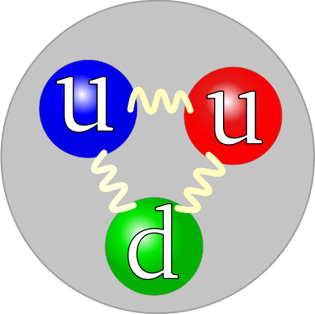
Proton | ||
| Classification | Particle composite (baryon) | |
| Composition | 2 quarks u, 1 quark d | |
| Family | Fermion | |
| Group | Quark | |
| Interactions | Strong, electromagnetic, weak, gravitation | |
| Symbol | p, p+ | |
| Antiparticle | Antiproton |
NB: The value of the proton radius used by physicists was 0.877 femtometer (a femtometer = 10-15 meter).
Articles on the same theme
1997 © Astronoo.com − Astronomy, Astrophysics, Evolution and Ecology.
"The data available on this site may be used provided that the source is duly acknowledged."
How Google uses data
Legal mentions
English Sitemap − Full Sitemap
Contact the author
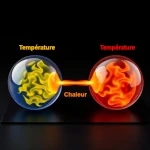 Heat and Temperature: Two Often Confused Thermal Notions
Heat and Temperature: Two Often Confused Thermal Notions 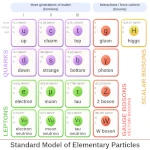 Electroweak Force: The Unification of Electromagnetism and the Weak Interaction
Electroweak Force: The Unification of Electromagnetism and the Weak Interaction  Special Relativity: The Beginning of a New Physics
Special Relativity: The Beginning of a New Physics 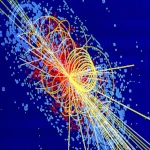 The Higgs Boson: The Unification of Fundamental Forces
The Higgs Boson: The Unification of Fundamental Forces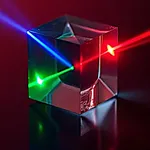 Quantum Entanglement: When Two Particles Become One!
Quantum Entanglement: When Two Particles Become One! The Pentaquark: A New Piece of the Cosmic Puzzle!
The Pentaquark: A New Piece of the Cosmic Puzzle! Why are Rare Gases
rare?
Why are Rare Gases
rare? Brownian Motion: A Link Between Two Worlds
Brownian Motion: A Link Between Two Worlds The 4 Articles of Albert Einstein from 1905
The 4 Articles of Albert Einstein from 1905  Why does nuclear fusion require so much energy?
Why does nuclear fusion require so much energy?  Feynman diagrams and particle physics
Feynman diagrams and particle physics  Stars cannot create elements heavier than iron because of the nuclear instability barrier
Stars cannot create elements heavier than iron because of the nuclear instability barrier  Alpha, Beta, and Gamma Radiation: Understanding Their Differences
Alpha, Beta, and Gamma Radiation: Understanding Their Differences 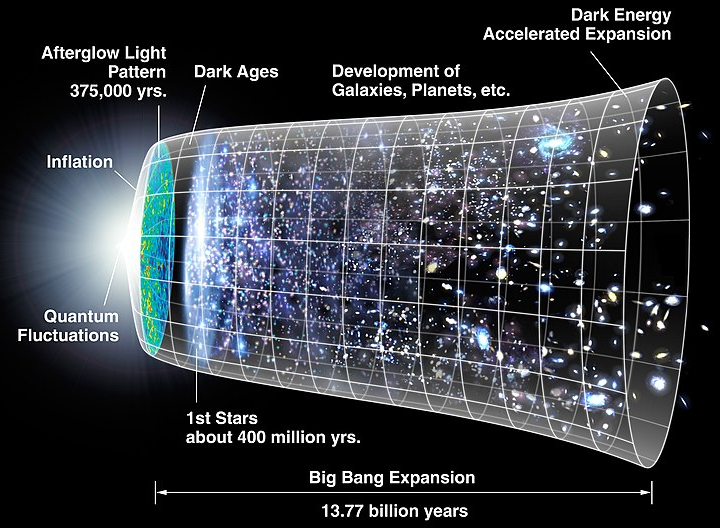 Planck wall
theory
Planck wall
theory 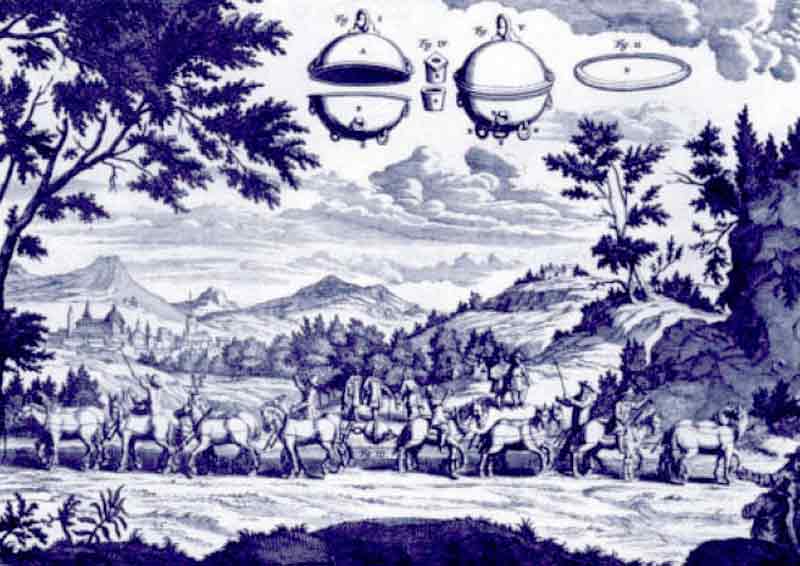 Is
emptiness really empty?
Is
emptiness really empty? 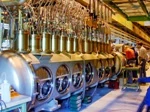 The Large Hadron Collider
The Large Hadron Collider 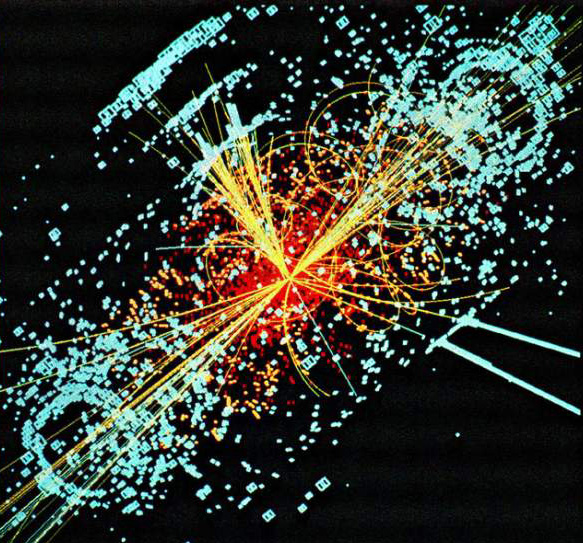 The hadron is not a fixed object
The hadron is not a fixed object  Radioactivity, natural and artificial
Radioactivity, natural and artificial 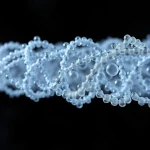 The World of Nanoparticles: An Invisible Revolution
The World of Nanoparticles: An Invisible Revolution  Schrodinger's Cat
Schrodinger's Cat
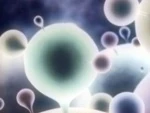 Before
the big bang the multiverse
Before
the big bang the multiverse 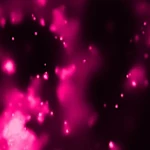 Eternal
inflation
Eternal
inflation 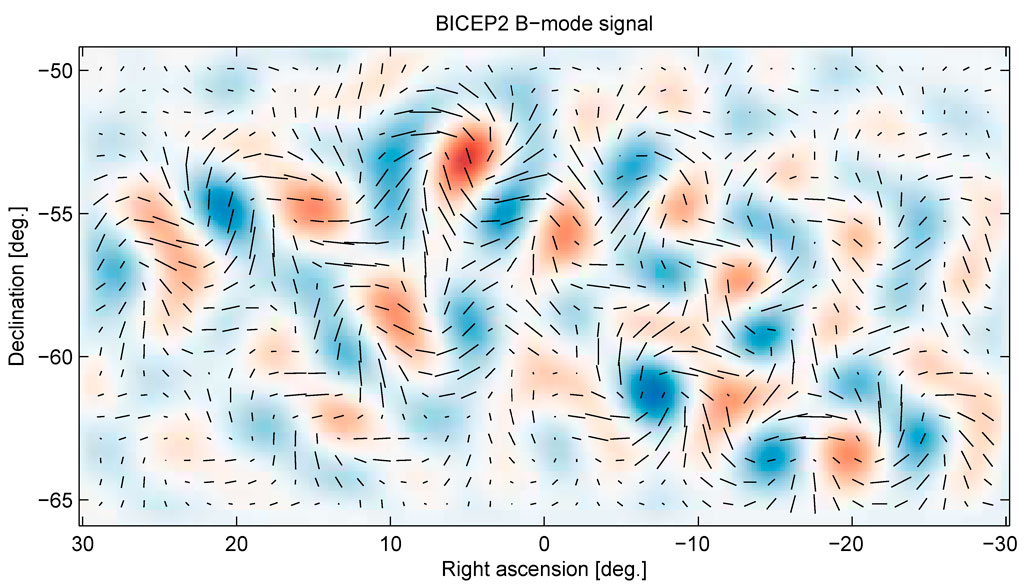 Gravitational
waves
Gravitational
waves 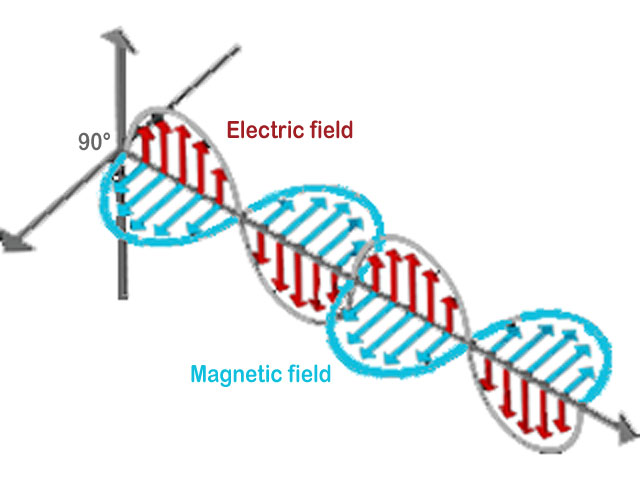 What
is a wave?
What
is a wave? 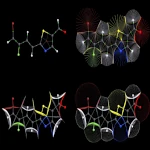 The fields of reality: what is a field?
The fields of reality: what is a field? 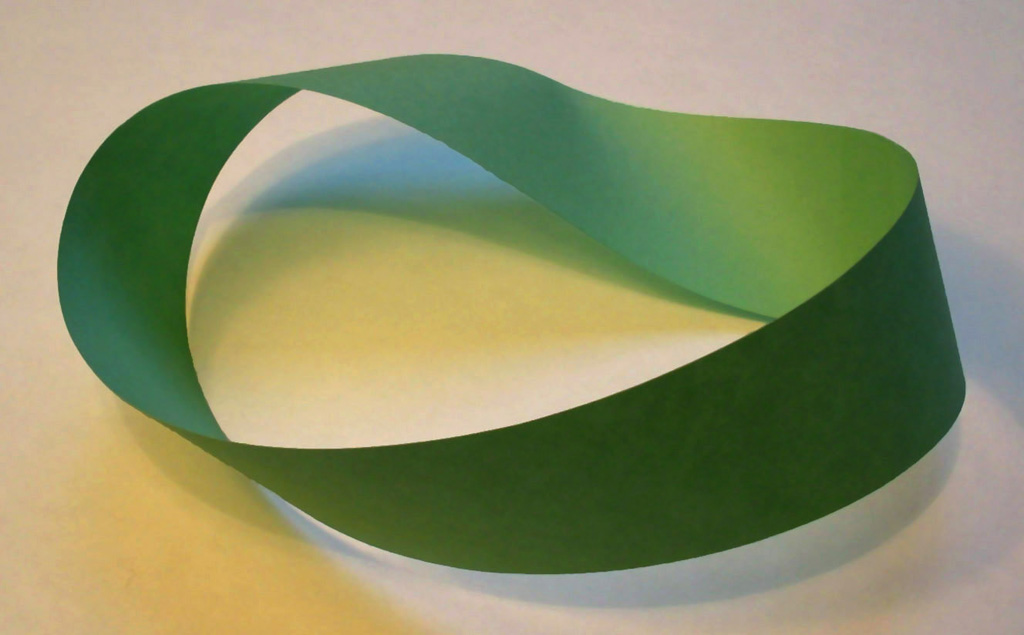 Space in time
Space in time
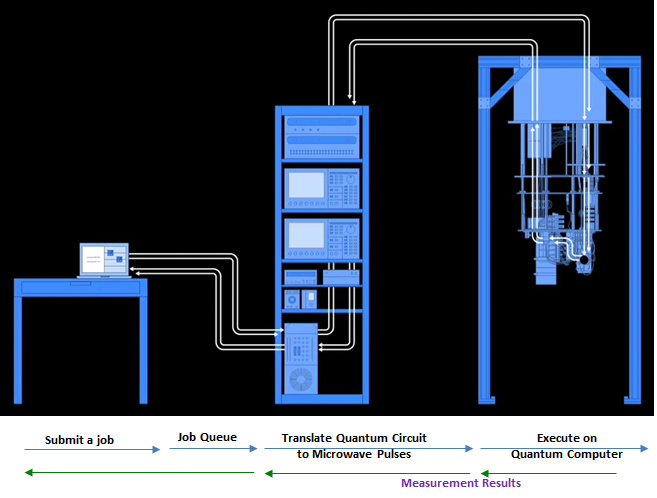 Quantum computers
Quantum computers
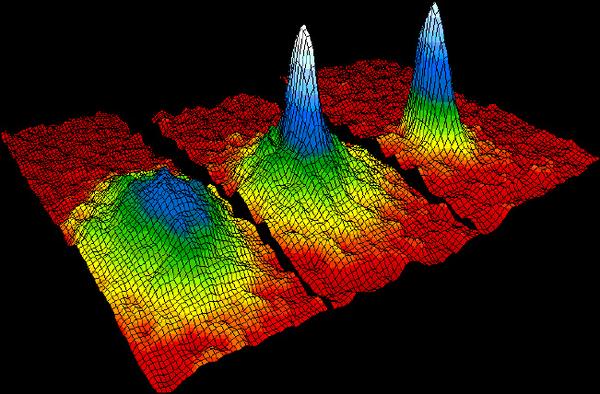 Bose-Einstein condensate
Bose-Einstein condensate 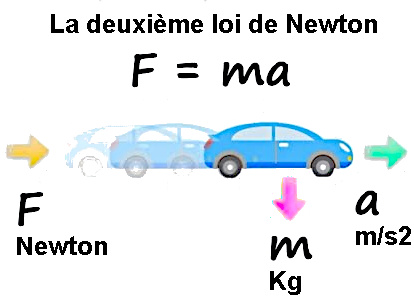 Equation of Newton's three laws
Equation of Newton's three laws  Field concept
in physics
Field concept
in physics 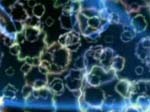 The electron, a kind of electrical point
The electron, a kind of electrical point 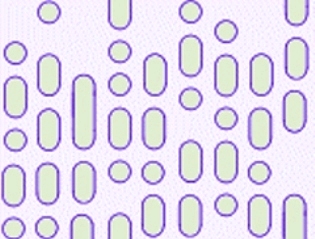 Entropy and
disorder
Entropy and
disorder  Light, all the light of the spectrum
Light, all the light of the spectrum 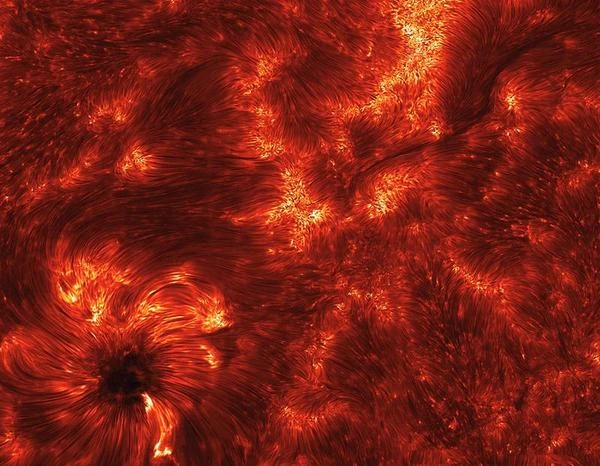 The
infernal journey of the photon
The
infernal journey of the photon 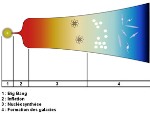 Mystery of the Big Bang, the problem of the horizon
Mystery of the Big Bang, the problem of the horizon 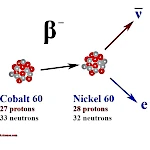 Beta Radioactivity and Neutrino: A Story of Mass and Spin
Beta Radioactivity and Neutrino: A Story of Mass and Spin 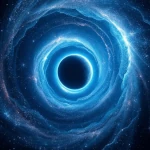 Spacetime: Space and Time United, understand this concept
Spacetime: Space and Time United, understand this concept  Time Measurement: Scientific and Technological Challenge
Time Measurement: Scientific and Technological Challenge  Physical and Cosmological Constants: Universal Numbers at the Origin of Everything
Physical and Cosmological Constants: Universal Numbers at the Origin of Everything  Spectroscopy, an inexhaustible source of information
Spectroscopy, an inexhaustible source of information  Abundance of chemical elements in the universe
Abundance of chemical elements in the universe  The size of atoms
The size of atoms
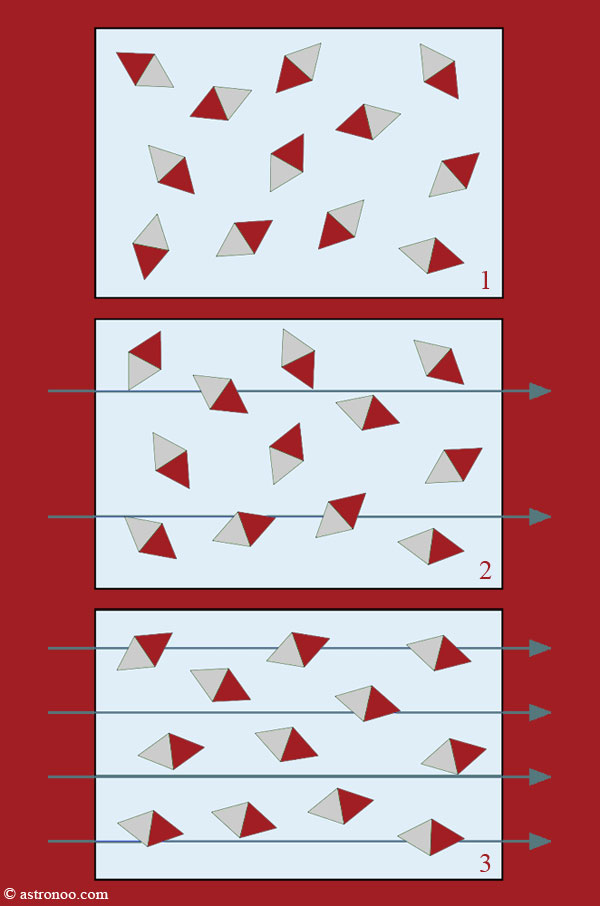 The
magnetic order and magnetization
The
magnetic order and magnetization  The quark confinement
The quark confinement
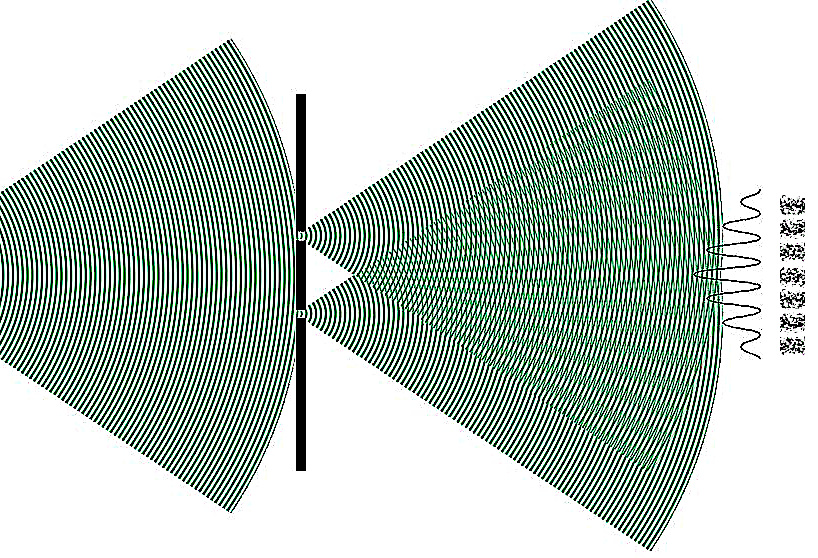 Superpositions of quantum states
Superpositions of quantum states  Alpha decay (α)
Alpha decay (α)
 Electromagnetic induction equation
Electromagnetic induction equation 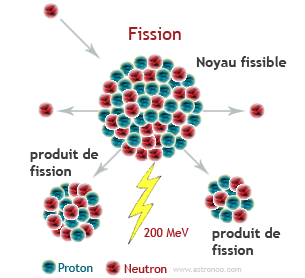 Nuclear
fusion, natural energy source
Nuclear
fusion, natural energy source 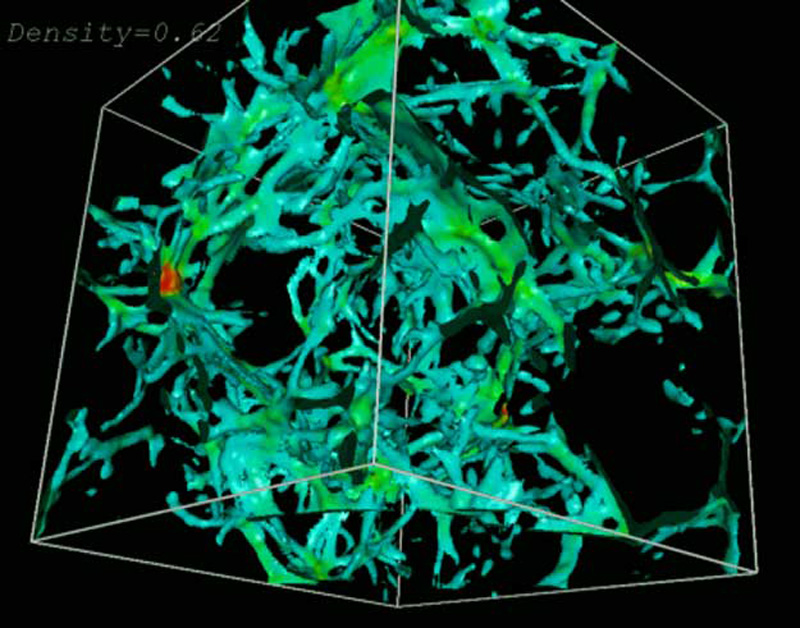 Does dark
matter exist?
Does dark
matter exist?  From the Ancient Atom to the Modern Atom: An Exploration of Atomic Models
From the Ancient Atom to the Modern Atom: An Exploration of Atomic Models 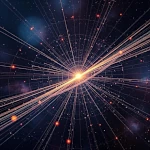 The Origins of Mass: Between Inertia and Gravitation
The Origins of Mass: Between Inertia and Gravitation 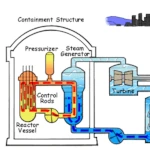 From the Nucleus to Electricity: Anatomy of a Nuclear Power Plant
From the Nucleus to Electricity: Anatomy of a Nuclear Power Plant  The Universe
of X-rays
The Universe
of X-rays  How
many photons to heat a coffee?
How
many photons to heat a coffee?  Seeing Atoms: An Exploration of Atomic Structure
Seeing Atoms: An Exploration of Atomic Structure 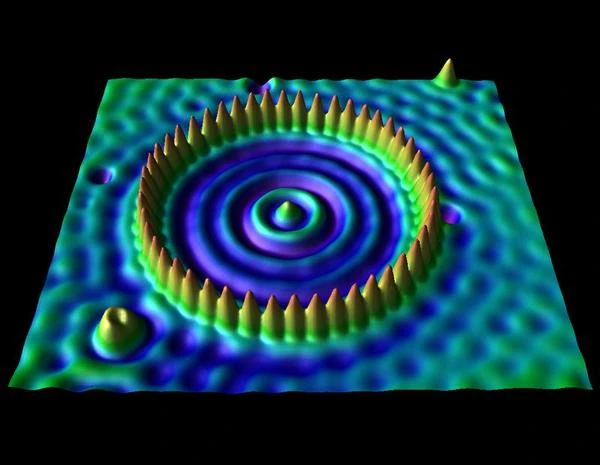 Quantum tunneling of quantum mechanics
Quantum tunneling of quantum mechanics  Entropy: What is Time?
Entropy: What is Time?  The 12 Particles of Matter: Understanding the Universe at the Subatomic Scale
The 12 Particles of Matter: Understanding the Universe at the Subatomic Scale 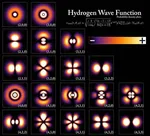 The Atomic Orbital: Image of the Atom
The Atomic Orbital: Image of the Atom 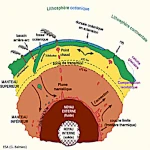 Earth's radioactivity
Earth's radioactivity
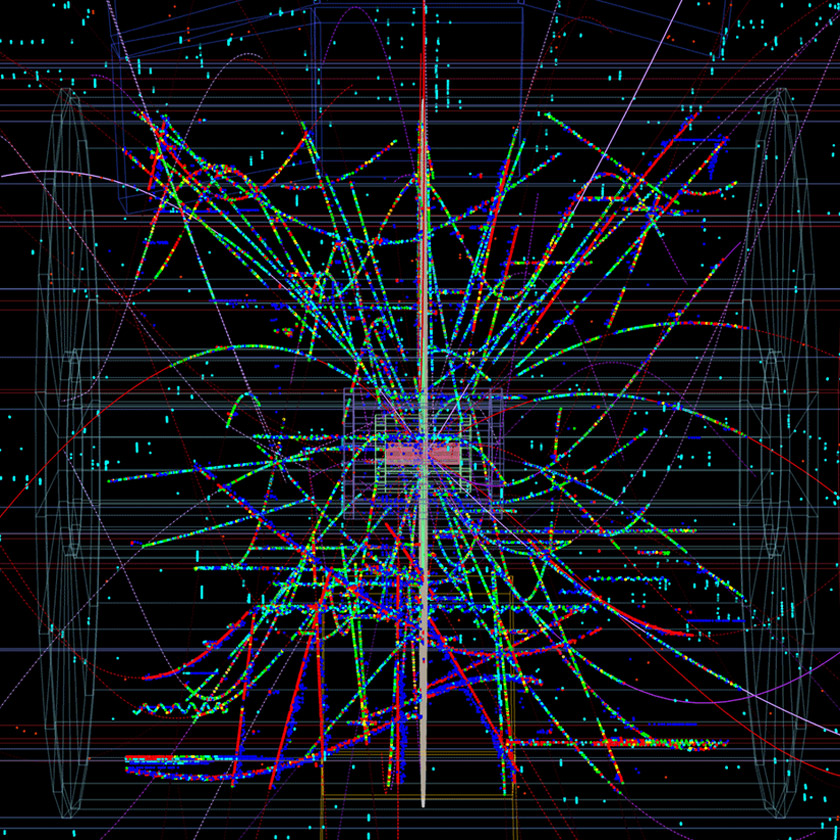 The vacuum has considerable energy
The vacuum has considerable energy 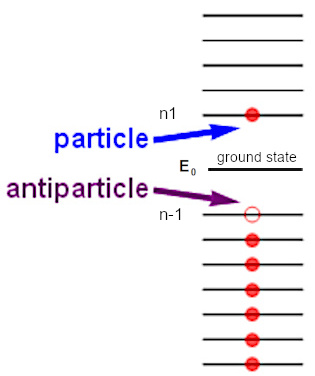 Antimatter and antiparticle
Antimatter and antiparticle 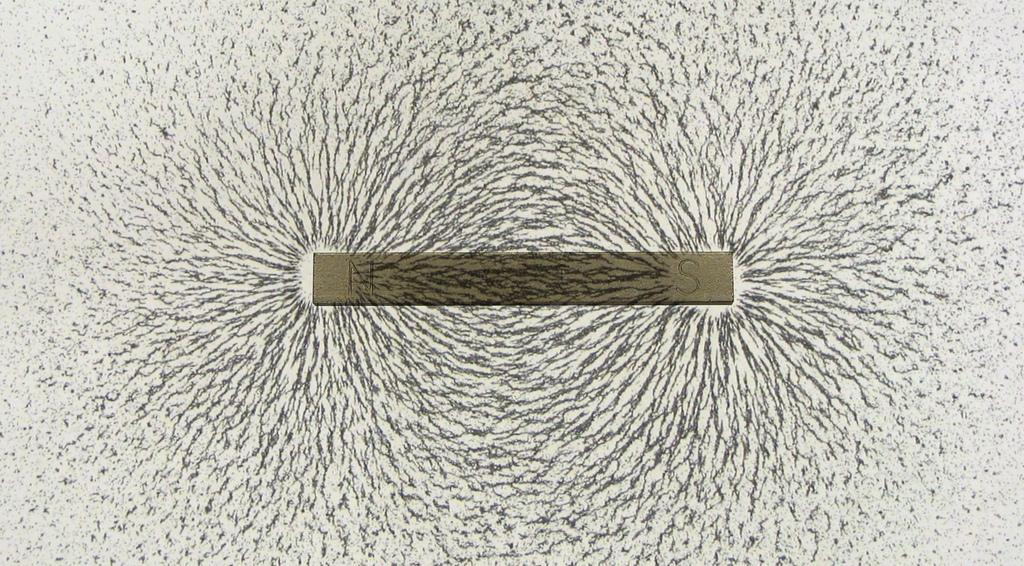 What is an
electric charge?
What is an
electric charge?  Our matter
is not quantum!
Our matter
is not quantum! 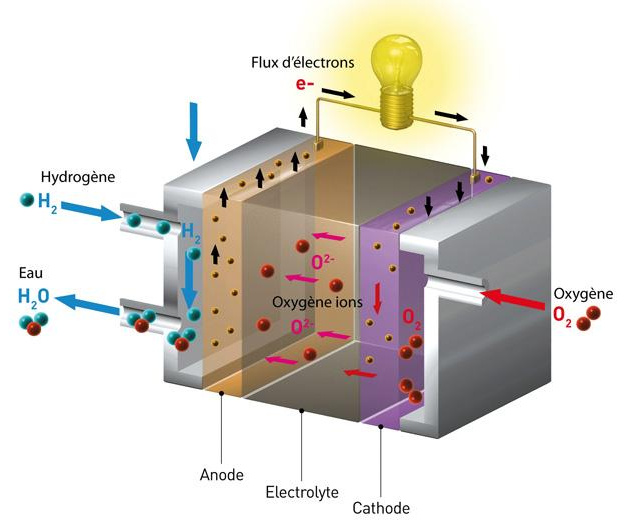 Why use hydrogen in the fuel cell?
Why use hydrogen in the fuel cell?  Newton and Einstein: Two Visions for the Same Mystery
Newton and Einstein: Two Visions for the Same Mystery 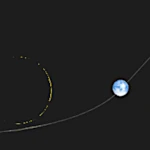 Einstein's Universe: Physical Foundations of the Theory of Relativistic Gravitation
Einstein's Universe: Physical Foundations of the Theory of Relativistic Gravitation 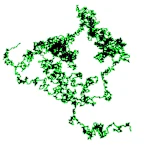 1905, The Silent Revolution: When Einstein Rewrote the Laws of Nature
1905, The Silent Revolution: When Einstein Rewrote the Laws of Nature 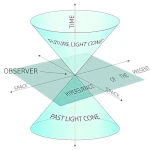 What does the equation E=mc2 really mean?
What does the equation E=mc2 really mean? 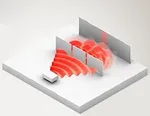 Between Waves and Particles: The Mystery of Duality
Between Waves and Particles: The Mystery of Duality 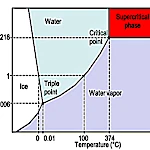 The Supercritical State of Water: Between Liquid and Gas, a Fourth Phase?
The Supercritical State of Water: Between Liquid and Gas, a Fourth Phase? 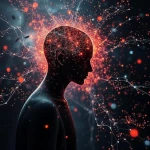 Quantum Mechanics and Spirituality: Another Way to See the World
Quantum Mechanics and Spirituality: Another Way to See the World